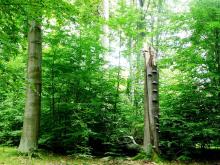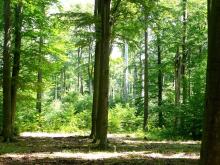 Asset Publisher
Asset Publisher
Areas of protected ecology
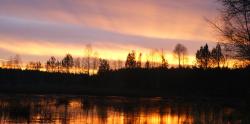 Użytek ekologiczny. Fot. Sebastian Zapolski
Użytek ekologiczny. Fot. Sebastian Zapolski
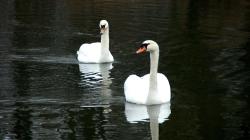 Łabędzie na jednym z użytków ekologicznych. Fot. Sebastian Zapolski
Łabędzie na jednym z użytków ekologicznych. Fot. Sebastian Zapolski
 Użytek ekologiczny. Fot. Sebastian Zapolski
Użytek ekologiczny. Fot. Sebastian Zapolski
 Bagna w starym dorzeczu Bobru. Fot. Sebastian Zapolski
Bagna w starym dorzeczu Bobru. Fot. Sebastian Zapolski
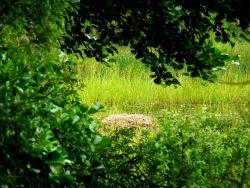 Gniazdo żurawia. Fot. Jerzy Wilanowski
Gniazdo żurawia. Fot. Jerzy Wilanowski
Areas of protected ecology are usually small – little ponds, woodlots, peat bogs, marshes and dunes. They are remains of ecosystems that enable preservation of biological diversity. Currently there are 9 000 areas of protected ecology all over the country with total area of almost 30 000 ha.
Szprotawa Forest District includes 3 areas of protected ecology covering total area of 45.74 ha. The areas are:
- Sowie Bagno (Owl's Bog) – it is located in Małomice commune and forest range. It is a boggy land full of small ponds. The area is covered with bushes and trees, including such species as Oak, Hornbeam, Linden, Poplar and Willow. Interesting plant species, such as Hare's-tail Cottongrass, Common Cottongrass and Common Sundew can be found there.
- Żurawie Bagno (Crane's Bog) – it is located in Małomice commune, in Śliwnik Forest Range. It is a bog with standing water – a habitat for wetland plants, breeding and living place of many species of birds and a hunting ground for White-tailed Eagle.
- Łabędzie Stawy (Swan Ponds) – located in Małomice commune, Śliwnik Forest Range. The area includes an open space within a complex forest area with high plants typical of standing water. It is a breeding place and habitat of Crane, Mute Swan and other marshbirds as well as a hunting ground for White-tailed Eagle.
 Asset Publisher
Asset Publisher
Jesień
Jesień
Ostatnie ciepłe dni zachęciły czwartoklasistów ze Szkoły Podstawowej nr 1 ze Szprotawy do odwiedzenia lasu na terenie Nadleśnictwa Szprotawa.
Na początku przedstawiliśmy młodzieży Dęba Chrobrego - największy w Polsce dąb szypułkowy.
Z Piotrowic przejechaliśmy na Szkółkę Leśną w Krzywczycach. Tam pokazaliśmy 4c i 4e gdzie las ma swój początek.
Najwięcej zalesień wykonujemy wiosną, ale jesień to także czas sadzenia lasu.

Uczniowie mieli okazję zobaczyć sadzonki przygotowane do wyjazdu na nowozakładane uprawy leśne.
A za szkółką, oprócz polskich drzew – sosny, świerka, jodły i modrzewia – gatunek obcy – daglezja.
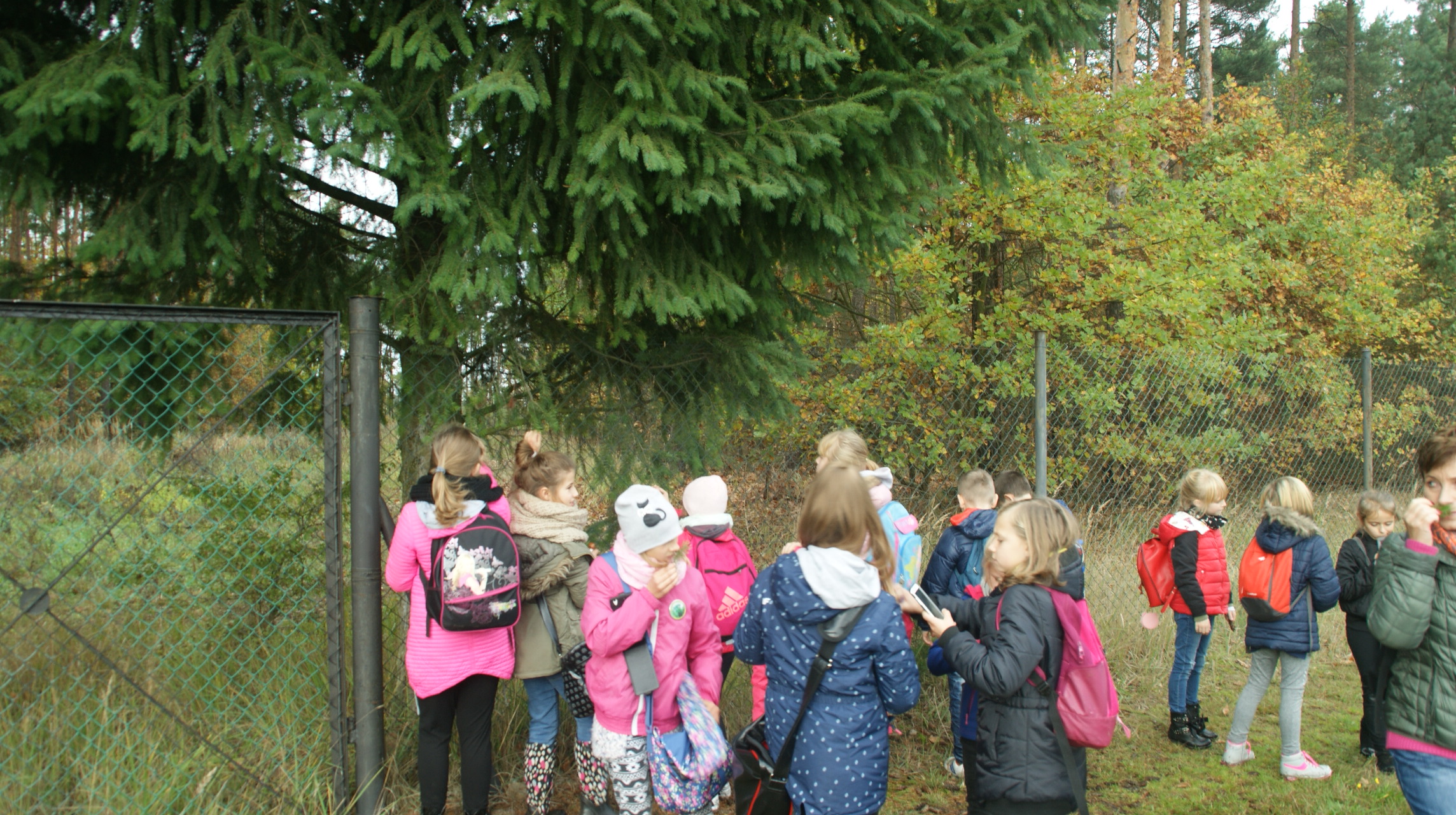
Czym pachną daglezjowe igły?
Po obejrzeniu gęsto rosnących sadzonek na szkółkowych kwaterach poszliśmy na spacer na uprawę założoną tej wiosny. Na powierzchni dzieci zobaczyły w jakiej odległości należy sadzić od siebie drzewa, aby wyrósł z nich las.

Na zakończenie wycieczki kiełbaski upieczone samodzielnie na ognisku smakowały wybornie.

Zapraszamy do współpracy!
Tekst: Anita Ciasnocha
Zdjęcia: Konrad Werk




